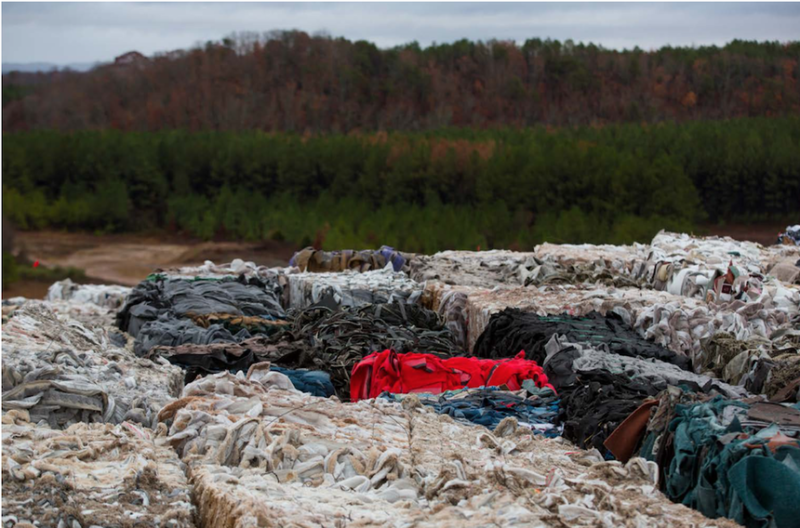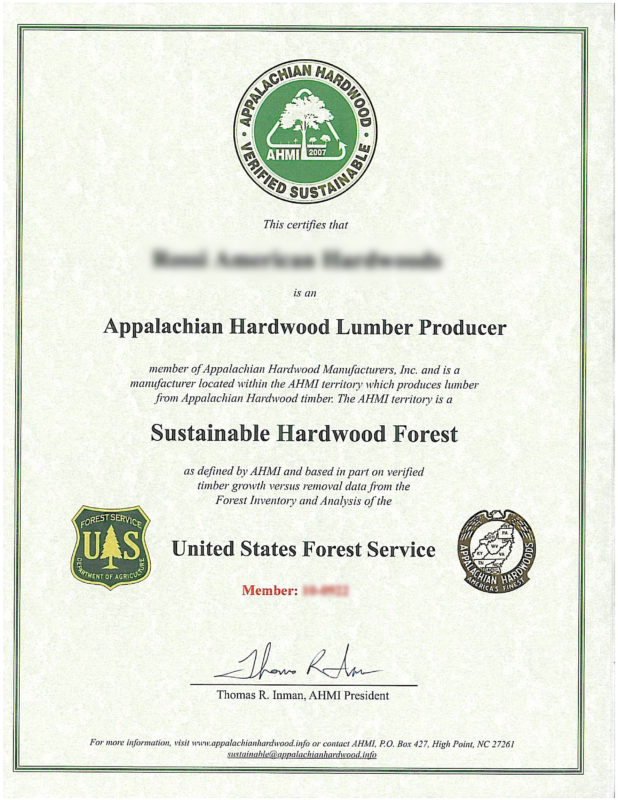With all of the climate reports, headlines and politics surrounding global warming, the challenges of our time can feel overwhelming. As someone whose profession depends on a steady influx of new construction projects, I get anxiety knowing I’m part of an industry responsible for generating more than 40 percent of the world’s waste. Sadly, while most of this damage is irreversible, I take solace knowing I’m part of a network of design professionals working to mitigate the fallout from future projects.

Part of my job as MG2’s Design Lab manager is to turn the complex theories of sustainability into substantive actions for clients and colleagues. Even project stakeholders with the best of intentions can get “lost in the right direction” once they decide to incorporate green elements into their next building.
Below are three pieces of advice I offer anyone looking to navigate the sea of sustainable design and construction choices.
Educate Yourself
-

Sustainable Construction Life Cycle Pick up a copy of Cradle to Cradle: Remaking the Way We Make Things. Co-authored by an architect and chemist, the book addresses the issues I strive to help clients with on a daily basis when selecting materials. It makes the case our current environmental troubles started with the Industrial Revolution. Since that time, products have been designed to be thrown away at the end of their usable lives, a “cradle to grave” approach. The book proposes adopting a “cradle to cradle” approach, a sustainable alternative that promotes closed loop production where manufacturing techniques are not just efficient, but are essentially waste free. Such a framework puts products’ constituent components back into service through recycling / reusing vs. dumping them in a landfill.
- Find reputable sources where you can look into specific topics. At MG2, we’re big fans of BuildingGreen. The organization continually publishes articles and webcasts about the latest green building topics.
- Connect with experts by researching events in your area. You can learn a lot when you surround yourself with those more knowledgeable than you. Becoming part of the green community will keep you up-to-date on the latest news and help you see through the veil of greenwashing (which I’ll address in the next section). In Seattle I can attest to the valuable programs produced by The International Living Future Institute headquartered up the hill from our office. If you don’t live in Seattle, don’t worry, the nonprofit organization hosts multiple annual conferences around the world. Another excellent starting point is AIA’s Committee on the Environment (COTE). With more than 260 AIA chapters across the world, there is sure to be an upcoming regional COTE event near you.
Learn to See Through the Green Veil

The term greenwashing refers to exaggerating claims or simply making things up as it relates to the topic of sustainability. Several times throughout my career, I’ve had vendors present certificates with counterfeit logos copied and pasted from the internet, as well as certificates issued from bogus organizations. I recommend using the below tricks to keep from getting duped:
- Ask way too many questions. I learned this trick by watching a lot of crime dramas on TV. During interrogation scenes, detectives will subject the perp to a barrage of inquiries to get him or her to slip up on their story. For example, if a materials manufacturer says their product is “made in the USA,” ask them to elaborate. On more than one occasion, I’ve grilled a vendor on their product and discovered that while assembled in the USA, it’s actually made from imported materials whose inputs couldn’t be verified.
- Tell the supplier you won’t consider their product until you get the paperwork. From my experience, many of the companies participating in greenwashing tactics promise their “certification is in process.” This should be a red flag! If they are able to produce a certificate, but something still feels suspicious, do a quick Google search. Governing entities keep all documents on file, making it easy to verify online or via a quick phone call.
Do the Simple Things
If you don’t have time or interest in sitting through meetings or doing the research I’ve mentioned above, I have a few rules of the thumb to quickly help you with your next project.
- Sourcing something that is made locally of pure materials will always be the best choice. Call local woodworkers to make your furniture vs. ordering from a catalog.
- Start at the end and work backwards. Decide on the standard you want to meet or certificate you want to achieve and then look for products that meet the criteria.
- Let others do the work for you. Origin (formally GIGAbase) and Mindful Materials have created incredible online databases connecting to source data from manufacturers and reporting bodies to ensure information you are accessing is relevant and update.
This Earth Day, I challenge you to take a moment to look at the built world around you and think about where all of this “stuff” came from and where it might end up before you start sourcing materials for your next project.
